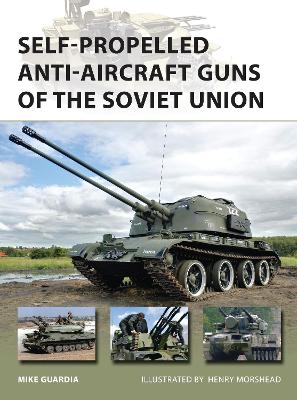New Vanguard
1 primary work • 2 total works
Book 206
The Mine Resistant Ambush Protected (MRAP) vehicle is the newest land warfare system in the United States Army and Marine Corps inventory. Designed to meet the challenges of operating in a counterinsurgency environment, the MRAP has taken survivability to a new level. MRAPs are currently manufactured by three companies: BAE Systems, Navistar International Military Group, and Force Protection Inc. Each company manufactures an MRAP according to one of three classifications set by the US Department of Defense: Category I, Category II, or Category III. The Category I MRAPs are designed for urban combat. Category II covers the MRAPs designed for convoy security, medical evacuation, and explosive ordnance disposal. The Category III MRAP performs the same function as Category II but is designed to carry more personnel. Since their introduction in 2007, MRAPs have performed remarkably in the asymmetric warfare environment. Their unique design and survivability characteristics have saved the lives hundreds of soldiers who otherwise would have been lost to landmines or IED attacks. As with any combat system, however, the MRAP is not without its drawbacks.
During the Cold War, the Soviet Army was perhaps the deadliest fighting force the world had ever seen. Within its mechanized forces, the Soviets accomplished something that their American counterparts never could - the fielding of a self-propelled anti-aircraft gun (SPAAG) that could keep pace with its heavy armored formations. This volume examines the design, development and operational history of the Soviet Union's Cold War SPAAGs: the ZSU-37, ZSU-57-2, the infamous ZSU-23-4, and the 9K22 Tunguska (better known by its NATO reporting name: SA-19 'Grison'). These vehicles excelled in their air defense role, and many US Department of Defense publications were dedicated to examining how to defeat the ZSU and its radar tracking system. These formidable weapons equipped Russian forces in Afghanistan and were encountered again in Iraq during Operation Desert Storm and Iraqi Freedom, cementing their place in the landscape of modern warfare. This study explores the full history of the SPAAGs with revealing photographs, technical illustrations and detailed analysis.

